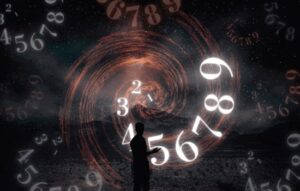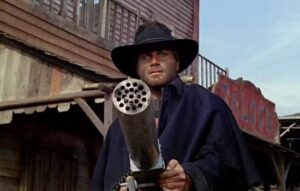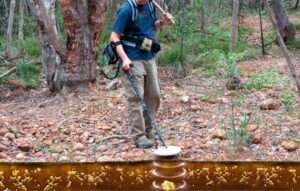Introduction to Night Photography
The night photography Night photography is one of the most exciting and challenging disciplines in the world of photography. Capturing stunning images after dark requires specific techniques and camera settings. If you want to improve your skills and achieve spectacular results, this article is for you. With the following adjustments, you'll be on your way to transforming your nighttime photographs into true works of art.
Importance of a Good Fit
Without proper adjustment, even the most beautiful landscapes can result in blurry and dark images. This is where choosing the right settings such as aperture, shutter speed, and ISO become important. These elements not only affect image quality but also enhance your experience. night photography.
The goal is to capture images that capture the nighttime atmosphere without losing detail or clarity. With the right settings, you can capture city lights, stars in the sky, or portraits of your friends under the moon. So get ready to discover the best tips and camera settings for your next sessions.
Diaphragm Opening
The diaphragm opening is one of the most critical factors in the night photographyA wide aperture (a lower f-number) allows more light to enter the camera sensor, which is essential in low-light conditions. Ideally, you should set your aperture between f/1.8 and f/4 for the best results.
How to choose the right aperture
If you are taking portraits, a wide aperture also provides a beautiful background blur, which makes the subject stand out more. On the other hand, if you want to capture an urban landscape, consider a smaller aperture so more elements are in focus. The key is to experiment until you find the perfect spot that suits your needs.
Don't be afraid to play with the aperture. Every night scene is unique and may require a different setting. Remember that the lens in the night photography is letting your creativity shine.
Shutter Speed
The shutter speed It is also crucial in the night photographyA slower setting allows more light to enter the sensor, resulting in brighter images. However, be careful: shutter speeds that are too slow can cause motion blur if the subject is moving or if the camera isn't stabilized.
Tips for adjusting shutter speed
For static scenes, such as a landscape, consider using shutter speeds of 1 second or faster. But if you're capturing moving events, such as a parade or party, you'll need to adjust the speed to freeze the action, which might mean using a shutter speed of 1/30 or faster.
Use a tripod This is good practice when working with slow shutter speeds, as it eliminates the risk of camera shake. By taking the photo in remote shooting mode, you can avoid any accidental movement, thus improving the quality of your final image.
ISO Settings
He ISO refers to the sensitivity of the camera sensor to light. In the night photographyIncreasing the ISO can be a great way to compensate for a lack of light. However, high ISOs also increase the risk of image noise, which can be unattractive.
Improve your images with ISO
A good starting point for nighttime shooting is usually to set your ISO between 800 and 1600. If you notice minimal noise and your camera allows it, you can experiment with even higher values, depending on your lighting conditions.
In short, play with ISO settings to find a balance between brightness and image quality. Remember that every situation is different, and it's always worth experimenting until you get the desired result in your night images.
Practicing Your Skills
Practice is essential when it comes to mastering camera settings for your photography sessions. night photography. Practice regularly in different environments and different times of the night. Each experience will offer you unique lessons that you can apply to your style.
Explore and Experiment
Don't be afraid to experiment with different settings. The night photography It's an art form that rewards creativity and innovation. It aims to capture things that are often overlooked, such as reflections in water or the light in building windows.
Remember that most of the best night photography comes from a sincere desire to capture beauty and emotion. Stay open to new ideas, and always carry your camera with you so you don't miss those magical opportunities.







